
Contents
- Southwest Airlines Quick Stats
- Southwest Airlines Profile Summary
- Images by Southwest Airlines Brand Lovers
- Southwest Airlines Timeline
- Videos created by Southwest Airlines Brand Lovers
- Presentations about Southwest Airlines as a Brand
- Articles related to Southwest Airlines
| Certified Cult Brand | ||||
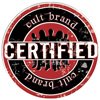 | We have tracked businesses with unprecedented brand loyalty since 2001. A Certified Cult Brand is a designation we hold for brands that fulfill specific market criteria, including upholding the Seven Rules of Cult Brands. | |||
Quick Stats for Southwest Airlines
Founded March 16th 1967 by Rollin King and Herb Kelleher FORTUNE has ranked Southwest Airlines in the top five of the “Best Companies to Work For” in America.
Southwest ranked first in 1997 and 1998, second in 1999, and fourth in 2000. Southwest has chosen not to participate since 2000. Stock name LUV In 2005 and again in 2008 The American Customer Satisfaction Index (ACSI) recognized Southwest Airlines as leading the industry in customer satisfaction.
The ACSI, conducted by the University of Michigan, independently tracks customer satisfaction levels by measuring the household consumption experience. Among all industries in 2005, FORTUNE has listed Southwest Airlines as number three among America’s Top Ten most admired corporations.
Southwest Airlines Blog: Southwest Blog
Southwest Airlines Web Site: Southwest Website
Southwest Airlines Cult Brand Summary
In the wake of September 11th, airlines suffered a major setback. Even after a $15 dollar attempt by the government to save airlines, American, Delta, and United collectively lost $4 billion; the major airlines laid off 16% of their workforce. Southwest managed to make $151 million in profit, but with an entirely different approach: they didn’t lay off any employees and offered customers full refunds on their flights. Southwest’s maintenance of financial reserves to counter major setbacks allowed them to focus on what really matters: the employees and the customers.
The employees and the customers were both grateful: Southwest employees donated $1.3 million to help the airline and customers began sending in donations and sending back gift cards to help with the financial struggle.
Southwest’s company is built on the idea that loyalty begins with the employees. In fact, their ability to be profitable depends entirely on them. Flying short distance flights is, according to conventional wisdom, an unprofitable approach, as planes are forced to spend a greater portion of time on the ground than the air. Rather than cutting labor costs and buying cheap equipment, Southwest relies on their employees to create profit by putting more planes in the air through quick turnarounds.
Strong internal relationships ensure that proper information is passed between individuals when they need it. Employees are hired for their perfect fit into the Southwest culture as much as they are for any job-related qualifications. When something goes wrong, unlike most airlines, there’s no quest to blame an individual or department.
Instead, a much more positive work environment is created in which everyone works together to find out what went wrong and how it can be prevented in the future. Most airlines favor a method where one individual is in control of many flights via a computer system.
For Southwest, the focus remains on person-to-person interaction. Agents are assigned to only one flight at a time and directly interact with other people in the operation, rather than through a computer or telephone. Not only does this face-to-face interaction facilitate relationship building, but it also helps minimize time deficits produced by unforeseen circumstances that would otherwise result in untimely delays caused by lack of communication.
This strong focus and dependence on employee relations ensures that everyone who is working for Southwest really wants to work at Southwest. There’s no hierarchy between pilots and baggage handlers. Everyone is working together to best serve the customer and they’re happy to do it. Not only does their state of mind create a positive atmosphere for the customers, but their efficient, communication-focused approach has resulted in fewer lost bags, fewer delays, and, inevitably, fewer complaints.
Herb Kelleher, ex-CEO of Southwest, demonstrated the understanding that customer loyalty began with the employees, when he claimed profit to be a byproduct of customer service. This driving concept has led Southwest to 33 years of profitability without any layoffs, figures that seem impossible in the airline industry.
Southwest Airlines Timeline
Timeline provided by the Associated Press.
1971 – Southwest begins flying between Dallas, Houston, and San Antonio. The idea for the airline was hatched over drinks by San Antonio lawyer Herb Kelleher and one of his clients, Rollin King, who ran a small charter service in Texas.
1972 – Southwest was forced to sell one of its four planes to meet payroll. Employees made up for the lost jet by turning planes around and starting the next flight in 10 minutes. In a 2008 interview, Kelleher called this the airline’s most challenging time.
1973 – Southwest makes money, starting a string of 36 straight profitable years.
1978 – Herb Kelleher becomes interim CEO for several months, and gets the job full-time in 1981.
1979 – Southwest begins service in New Orleans. Until Congress deregulated the airline industry (in 1978), Southwest couldn’t fly beyond Texas.
1982 – Expands service to California.
1985 – Begins service at Chicago’s Midway Airport. Acquires a competitor, Muse Air.
1989 – Annual revenue passes $1 billion.
1993 – Expands to the East Coast with service at Baltimore-Washington International Airport. Acquires Morris Air to expand into the Pacific Northwest.
1996 – Expands to Florida.
1999 – Begins service at Long Island MacArthur Airport but avoids more congested New York City airports.
2001 – Kelleher steps down as CEO, replaced by general counsel James Parker, but remains chairman. Kelleher’s former legal assistant, Colleen Barrett, is named president.
2002 – Begins phasing out plastic reusable boarding passes. New rules after the 2001 terror attacks required boarding passes with passenger’s name.
2004 – Gary Kelly replaces Parker, who became entangled in difficult labor negotiations with the flight attendants’ union.
2005 – Begins selling travel to Hawaii and other places aboard partner ATA Airlines.
2006 – Congress votes to repeal a law in 2014 that prevents Southwest from operating long flights from its home base at Dallas Love Field.
2008 – The Federal Aviation Administration proposes a $10.2 million civil penalty against Southwest for using planes that hadn’t been inspected for fuselage cracks. Several planes were later found to have cracks. After negotiations, the penalty is reduced to $7.5 million. At the annual shareholder meeting, Kelleher steps down as chairman.
2009 – Southwest launches service in Minneapolis and announces plans to expand to New York’s LaGuardia Airport, Boston’s Logan Airport, and Milwaukee.
Presentations about the Southwest Airlines Brand
Articles Related to Southwest Airlines
Calling All Business Leaders: Sell In, Not Out
Southwest blog: Customer appreciation day
Browse Cult Brands | ||||
 | 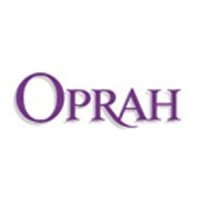 |  | 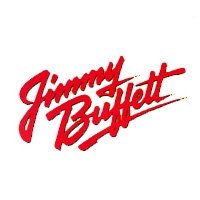 | 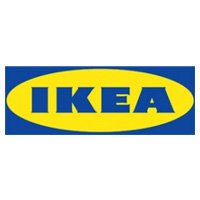 |
 |  |  | 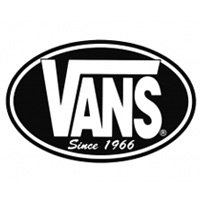 |  |
 | 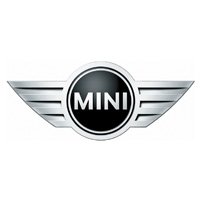 | 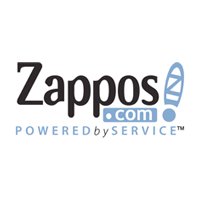 | ||
